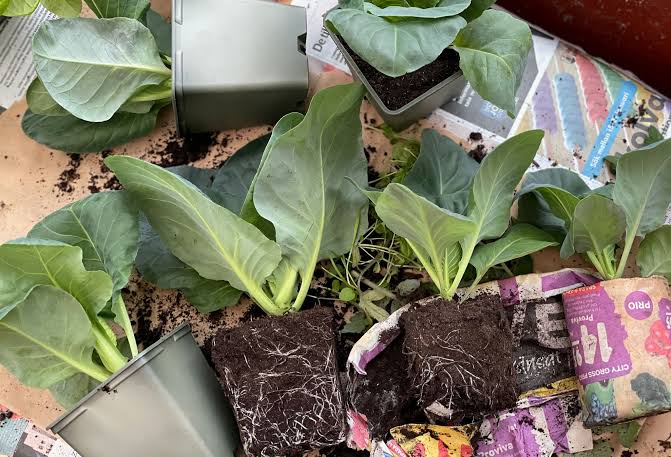If you’ve ever thought about growing your own vegetables, cabbage should be at the top of your list. Not only is it nutritious and versatile in the kitchen, but learning how to plant cabbage can also transform your outdoor or indoor gardening space into a vibrant, productive corner of green. 🌿From its wide, leafy heads to the sense of accomplishment you’ll feel when harvesting your own crop, cabbage has the power to bring both beauty and function to your home environment. In this guide, we’ll show you exactly how planting cabbage can change your space—and why you should try it today!🌱 Why Cabbage is a Game-Changer for Your SpaceAesthetic Appeal: Cabbage plants have lush, layered leaves that look like decorative garden ornaments. Some even come in striking purple or red varieties, doubling as edible décor.Healthy Harvest: Growing your own cabbage means fresh, organic produce right at your fingertips.Versatility: From salads to soups to stir-fries, cabbage is a kitchen staple.Sustainable Living: Adding cabbage to your garden supports eco-friendly living and reduces grocery bills.🌿 Step-by-Step Guide: How to Plant Cabbage1. Choose the Right VarietyCabbage comes in different types:Green Cabbage: Classic and versatile.Red Cabbage: Adds color to both your garden and your plate.Savoy Cabbage: Crinkled leaves, tender, and perfect for wraps.2. Pick the Best LocationCabbage thrives in full sun.Make sure the soil is well-drained and fertile.3. Prepare the SoilAdd compost or organic matter for nutrients.Aim for soil with a pH between 6.5 and 6.8.4. Planting the Seeds or SeedlingsSow seeds indoors 6–8 weeks before the last frost, or buy young seedlings.Transplant them outdoors when they’re about 3–4 inches tall.Space them 12–24 inches apart to give the heads room to grow.5. Watering and CareKeep the soil consistently moist.Mulch around the base to retain water and keep weeds away.6. Pest ControlWatch out for cabbage worms and aphids.Use natural remedies like neem oil or plant companion herbs such as dill and thyme.7. HarvestingMost cabbage heads are ready in about 70–100 days.Cut the head at the base with a sharp knife when it feels firm and full.🌸 How Planting Cabbage Can Transform Your SpaceBackyard Brilliance: Rows of lush cabbages create a rich, green backdrop.Container Gardening: Even a balcony can turn into a mini veggie farm with potted cabbage.Edible Landscaping: Mix cabbage with flowers and herbs for a functional yet beautiful garden.Community Sharing: Extra harvest can be shared with neighbors, spreading both food and joy.🌟 Practical Tips for SuccessRotate your crops each year to keep soil healthy.Mix cabbage with companion plants like onions or garlic to deter pests.Don’t rush harvesting—wait until heads are tight and firm.Save outer leaves for composting to enrich next season’s garden.ConclusionLearning how to plant cabbage is a rewarding journey that goes far beyond food. It beautifies your garden, supports healthy living, and adds a sustainable touch to your lifestyle. Whether you’re gardening in a spacious backyard or on a compact balcony, cabbage can truly change your space in amazing ways. 🌱✨So grab a pot, prepare the soil, and start growing—your home (and dinner plate) will thank you!

